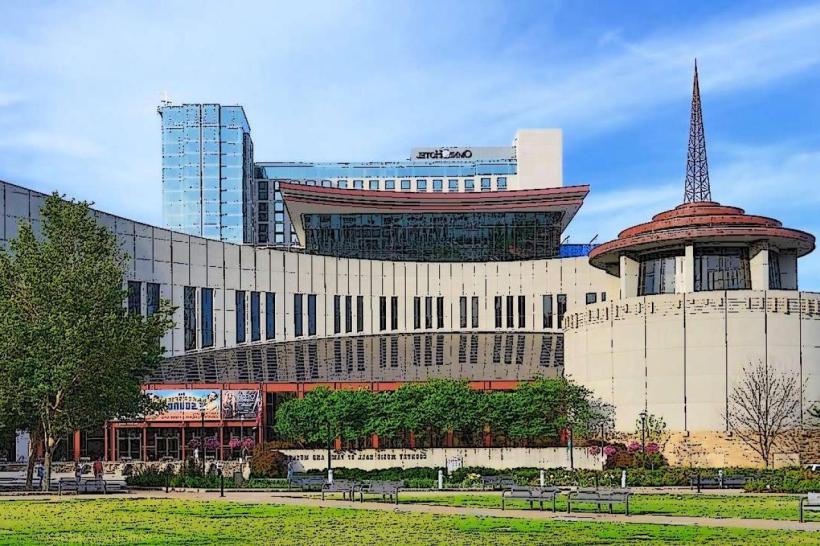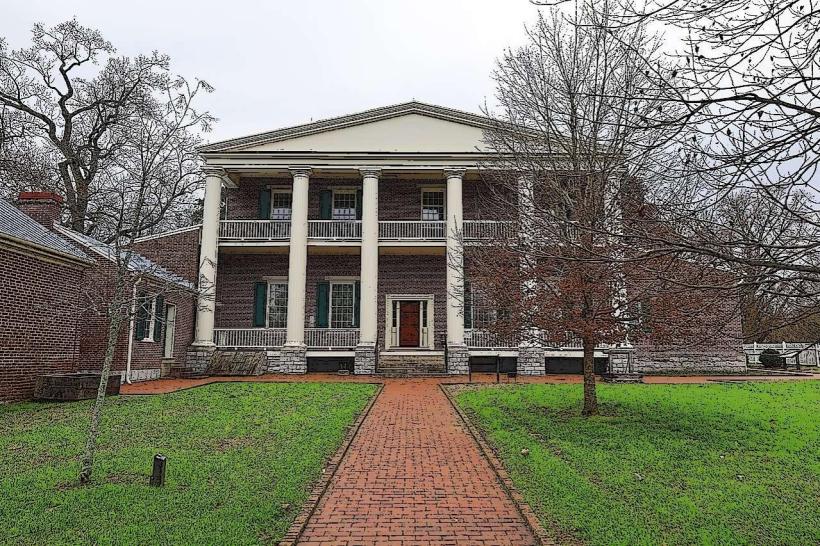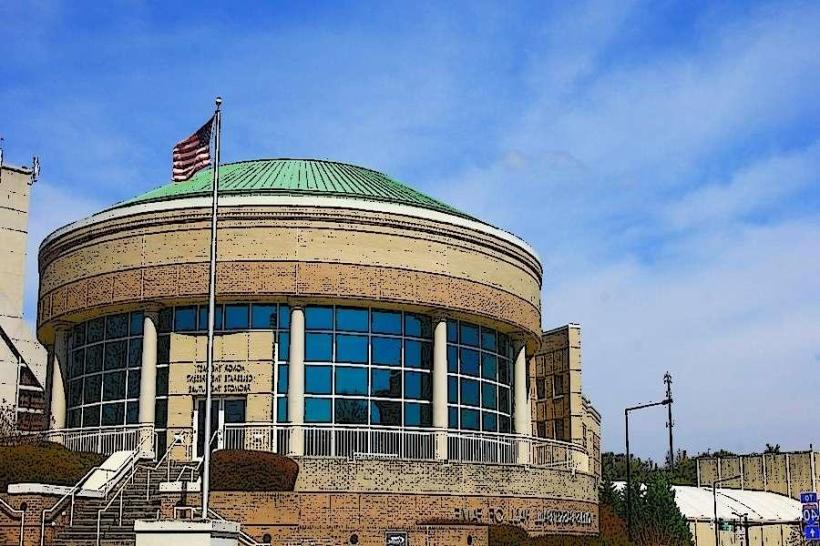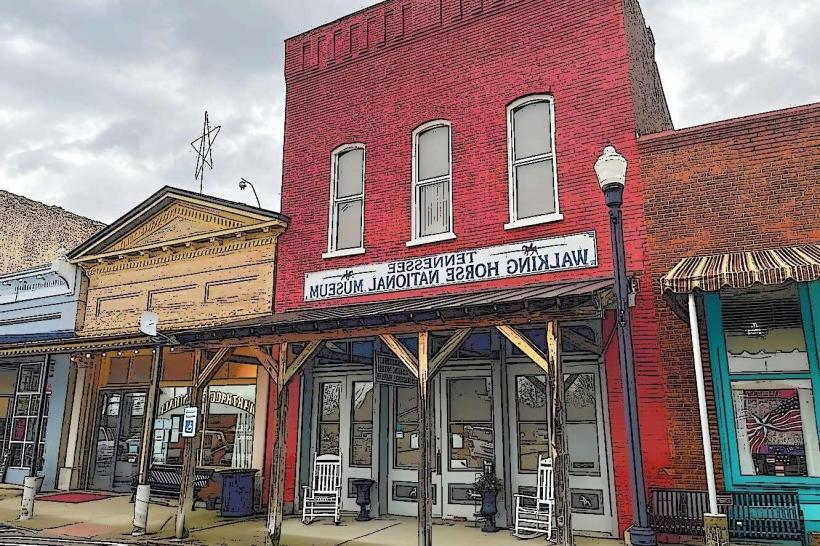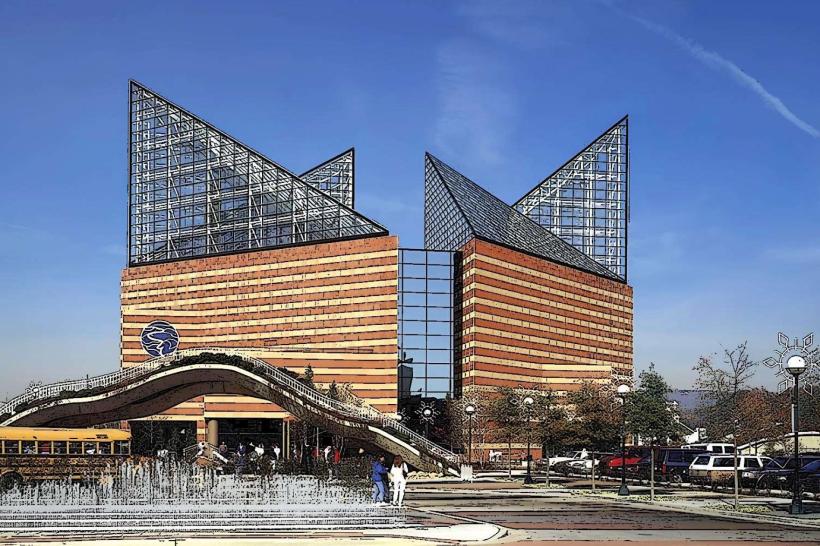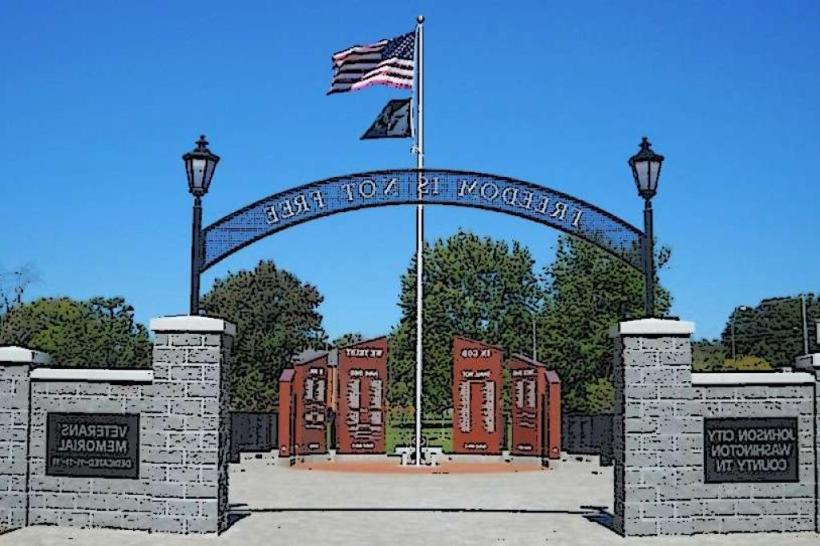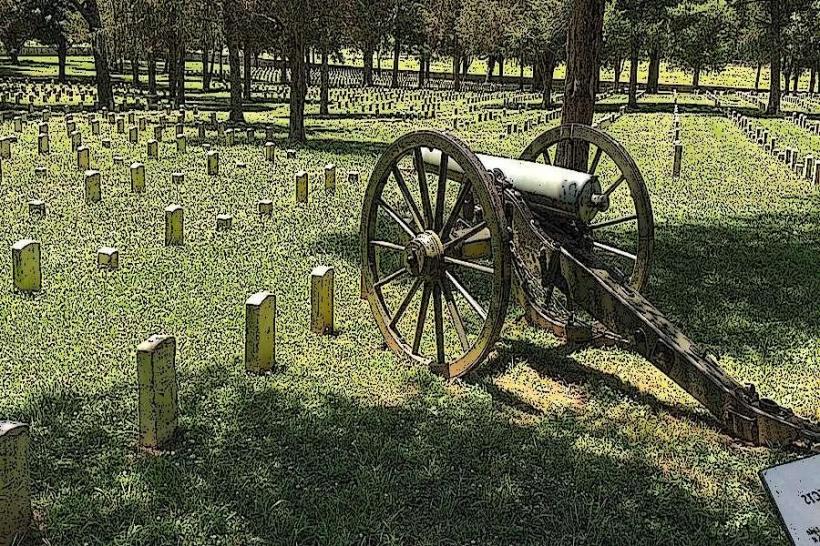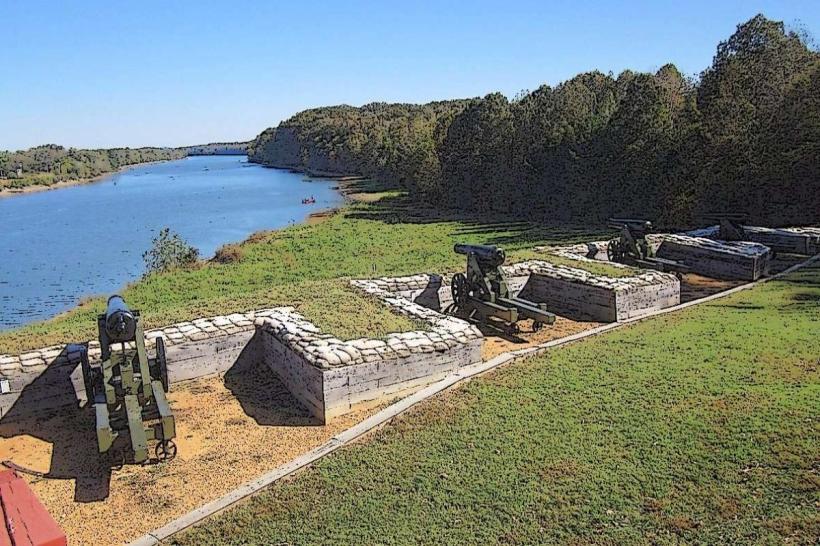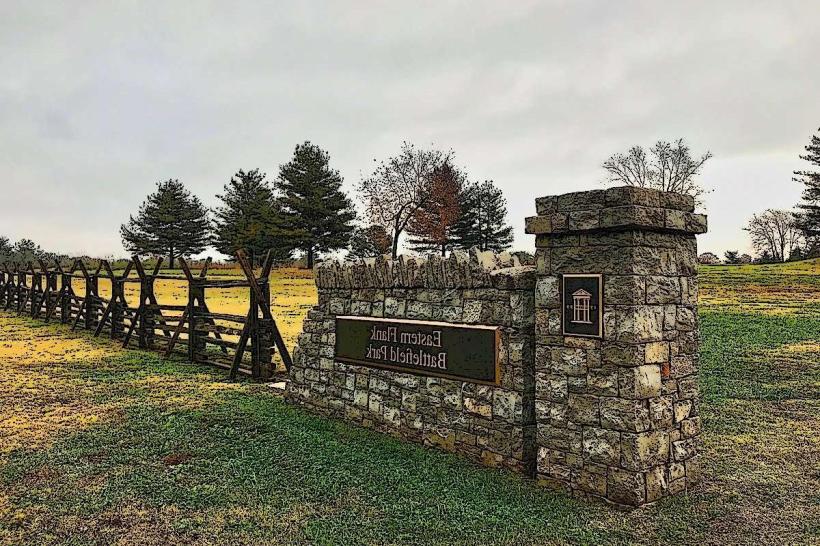Information
Landmark: Tennessee Military MuseumCity: Nashville
Country: USA Tennessee
Continent: North America
Tennessee Military Museum, Nashville, USA Tennessee, North America
Overview
The Tennessee Military Museum, officially known as the Military Branch of the Tennessee State Museum, is a dedicated public institution in downtown Nashville that preserves, interprets, and honors the state’s rich military heritage. Housed in the historically significant War Memorial Building, the museum focuses on the military history of Tennessee and its citizens, spanning from the Spanish–American War to modern conflicts like the Vietnam War and beyond.
Location and Setting
Address: 301 6th Avenue North, Nashville, TN
Setting: The museum is located inside the War Memorial Building, directly across from the Tennessee State Capitol, forming part of the state's central Legislative Plaza.
Architecture: The War Memorial Building itself is a monumental Classical Revival structure built between 1923 and 1925, dedicated to the memory of Tennessee’s World War I soldiers. The grand limestone facade, Corinthian columns, and adjoining open-air courtyard make the building not just a museum venue, but a civic monument in its own right.
Origins and Purpose
The Tennessee Military Museum was conceived shortly after the completion of the War Memorial Building in the 1920s. Initially, the building was intended as a memorial hall and civic auditorium. Over time, as Tennessee’s involvement in military campaigns expanded and the collection of military artifacts grew, a formal museum component was developed to house and interpret these items.
The museum's mission is to:
Preserve military artifacts and documents related to Tennessee’s role in American military history.
Educate the public, especially younger generations, about the contributions and sacrifices of Tennessee’s soldiers, sailors, airmen, and Marines.
Honor veterans and fallen service members through exhibitions, commemorations, and programming.
Exhibits and Collections
The museum’s exhibitions are both chronological and thematic, focusing on the role of Tennesseans in military history from the late 19th century through the mid-20th century.
Key Exhibitions by Conflict
1. Spanish–American War
Features original uniforms, letters from the front, maps, and a roster of Tennesseans who served during this pivotal late-19th-century conflict.
2. World War I
Artifacts include gas masks, trench gear, bayonets, and personal effects of soldiers from Tennessee.
Includes tributes to African American regiments and Tennessean units that fought in France.
Large-scale wartime propaganda posters, training camp photographs, and early Red Cross materials are also on display.
3. World War II
The most extensive portion of the collection.
Exhibits include:
U.S. Navy deck guns, torpedo displays, and artillery pieces.
Flight suits, pilot goggles, medals, and unit flags.
A replica of the Hiroshima atomic bomb casing, offering a sobering reminder of the war's destructive force.
Personal effects of Tennessee soldiers, including field diaries, ration books, and correspondence home.
Interactive maps showing where Tennessee National Guard units were deployed in Europe and the Pacific.
4. Korean War
Emphasizes the early Cold War climate.
Contains combat gear, medical kits, unit badges, and photographs from the front lines.
Narratives of Tennessee infantrymen fighting at the Chosin Reservoir and on the 38th parallel.
5. Vietnam War
Displays M16 rifles, jungle boots, helicopter models, and survival kits.
Includes first-person accounts from Tennessee soldiers who served in Southeast Asia.
Touch-screen terminals allow visitors to listen to recorded interviews from veterans and view digitized letters and photos.
Notable Artifacts and Features
Medals of Honor: Two awarded to Tennesseans are part of the display, with narratives explaining the circumstances of the honorees’ valor.
“Ike” Jacket: A World War II Eisenhower jacket worn by a Tennessee-born officer.
USS Tennessee model: A detailed replica of the battleship that served in the Pacific Theater.
Dog tags wall: A solemn display of reproduced identification tags symbolizing Tennessee lives lost in 20th-century wars.
Battle flags and regimental banners, many restored and mounted in custom climate-controlled cases.
Educational and Interpretive Approach
The museum uses a combination of text panels, interactive screens, audio recordings, artifact displays, and video exhibits to immerse visitors in the stories of war and military service. Interpretive narratives go beyond tactics and battles to explore:
The experience of soldiers on the battlefield.
The role of women in war, especially through nursing and auxiliary services.
The contribution of minority communities, including African American and Native American service members.
How wartime affected families and communities back home in Tennessee.
Many of the exhibits are based on first-person testimony, lending a deeply personal and emotional layer to the historical interpretation.
Museum Services and Visitor Information
Admission: Free to the public.
Hours: Typically open Tuesday through Saturday, from 10:00 a.m. to 5:00 p.m. (closed on major state holidays).
Accessibility: Fully wheelchair-accessible via entrances on Union Street and Martin Luther King Jr. Blvd.
Tours and Groups: Educational groups and guided tours can be arranged in advance, especially for school field trips and veterans' organizations.
Current Status and Renovation
As of recent years, the museum has been temporarily closed for extensive renovations, with plans to reopen by 2027. The updates aim to:
Expand exhibit space.
Improve artifact preservation through upgraded climate control.
Modernize displays with new technology.
Create a more immersive visitor experience through multimedia enhancements.
In the meantime, many of its military exhibits have been temporarily relocated or consolidated within the Tennessee State Museum at 1000 Rosa L. Parks Boulevard, allowing the public to continue engaging with the state’s military history during construction.
Civic Role and Cultural Impact
The Tennessee Military Museum has long served as a center for remembrance and education, especially during:
Veterans Day and Memorial Day ceremonies, which are often held in conjunction with events at the adjacent War Memorial Plaza.
Public lectures, guest speaker events, and historical reenactments.
Commemorative programs honoring significant war anniversaries and Tennessee’s role in them.
Its location, directly integrated with the State Capitol complex and Legislative Plaza, reinforces its identity as both a museum and a monument, bridging history and public service.
Conclusion
The Tennessee Military Museum is more than just a collection of war relics-it’s a profound tribute to the service, sacrifice, and legacy of Tennesseans who served in the armed forces. Through its powerful artifacts, immersive exhibits, and civic integration, it provides a compelling and educational experience that honors the human side of war and preserves the stories that define Tennessee’s role in the nation’s military past. With its upcoming renovation, the museum promises to emerge as an even more vital space for history, memory, and public engagement.



